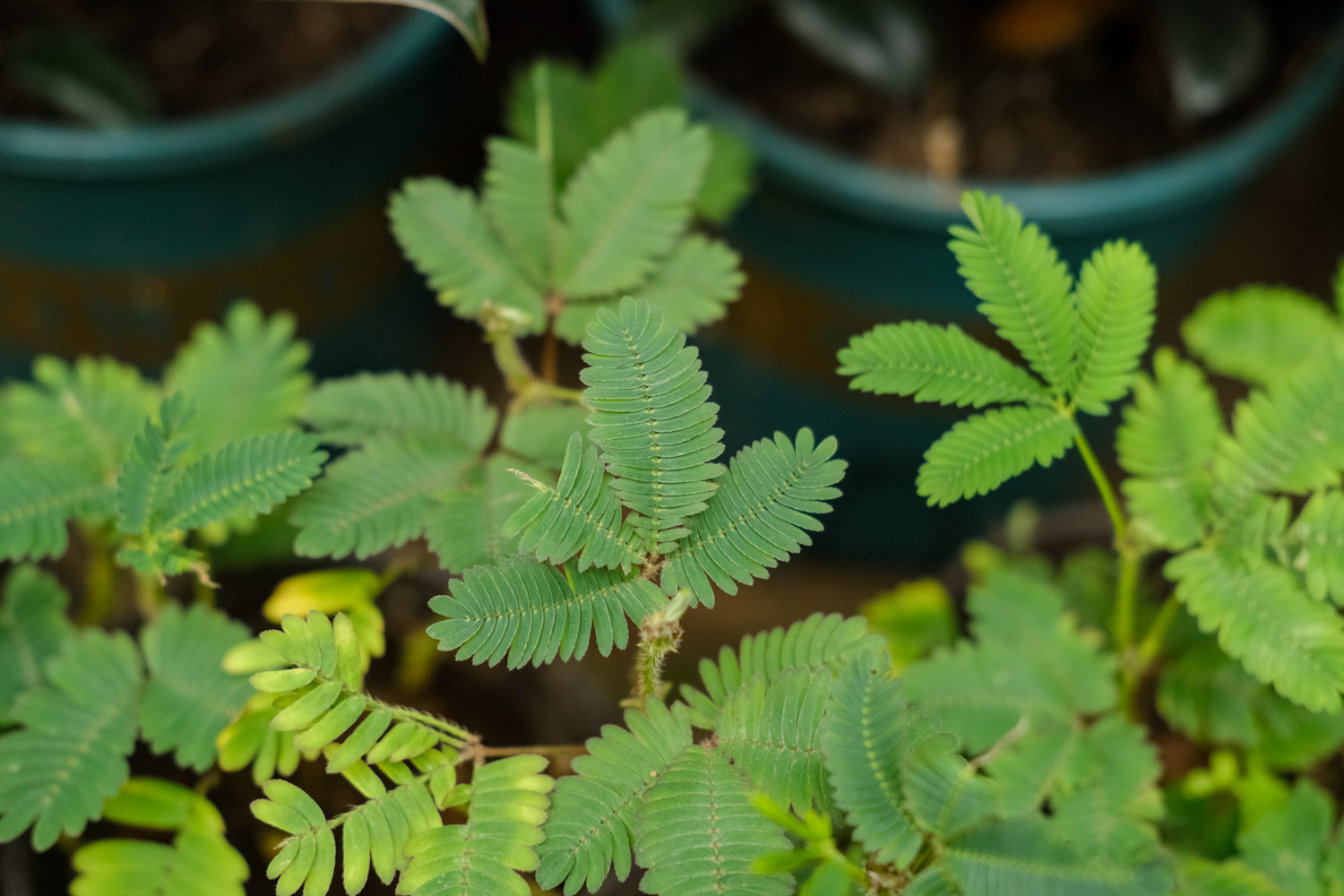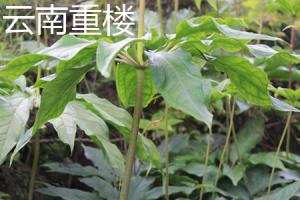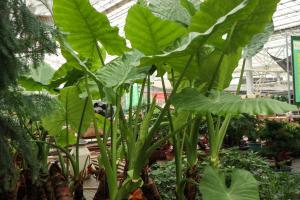1. Information about Mimosa
Form: mimosa, also known as "shy grass" and "induction grass", is a perennial herb, but it is mostly cultivated annually. It is about 30 to 60 cm tall, with feathery leaves that close when stimulated. Mimosa also blooms, with light red flowers, four lobed petals and head like inflorescences. The flowering period is from July to October every year
Growth environment: mimosa has strong adaptability. Its original growth environment is relatively bad, so its vitality is relatively strong. It likes to be warm and humid, and is suitable for breeding in moist and fertile soil. In addition, Mimosa likes light and is not resistant to cold. The breeding environment needs sufficient sunshine and appropriate temperature. But it can also tolerate semi shade, and now it is often cultivated as a family ornamental plant

Distribution: mimosa grassland is produced in the tropics of South America. It has strong adaptability to the environment and high survival rate. Therefore, it is also cultivated in many places in China, which is common in the southwest and South China
2. Efficacy of Mimosa
Viewing: mimosa leaves are slender and beautiful. Once stimulated, they will respond and close automatically. It seems very cute and shy. Its flowers are relatively small, light in color and beautiful in shape, which often gives people a feeling of weakness and beauty. Therefore, it is now often raised in the courtyard as an ornamental plant

Medicinal: mimosa is also a kind of medicine. Although it has micro toxin, it has higher medicinal value, so it must be taken according to the doctor's advice. It has the effects of calming nerves and shock, detoxifying and removing blood stasis, hemostasis and diuresis. It can be used to treat neurasthenia, hemoptysis and traumatic injury
Predict weather and earthquakes: people can judge weather changes by observing the leaves of Mimosa. After touching its leaves, if it opens quickly after closing, it may rain. If it opens slowly after closing, the weather will clear up soon. Under normal circumstances, its leaves will open during the day and close at night. If it is found that the leaf closure is suddenly reversed or even shrinks quickly, there may be an earthquake in the near future


 jackfruit
jackfruit snake plant
snake plant hibiscus
hibiscus hydrangea
hydrangea lavender
lavender Green roses climb al...
Green roses climb al... If you don't pay att...
If you don't pay att... Management of four g...
Management of four g...
































